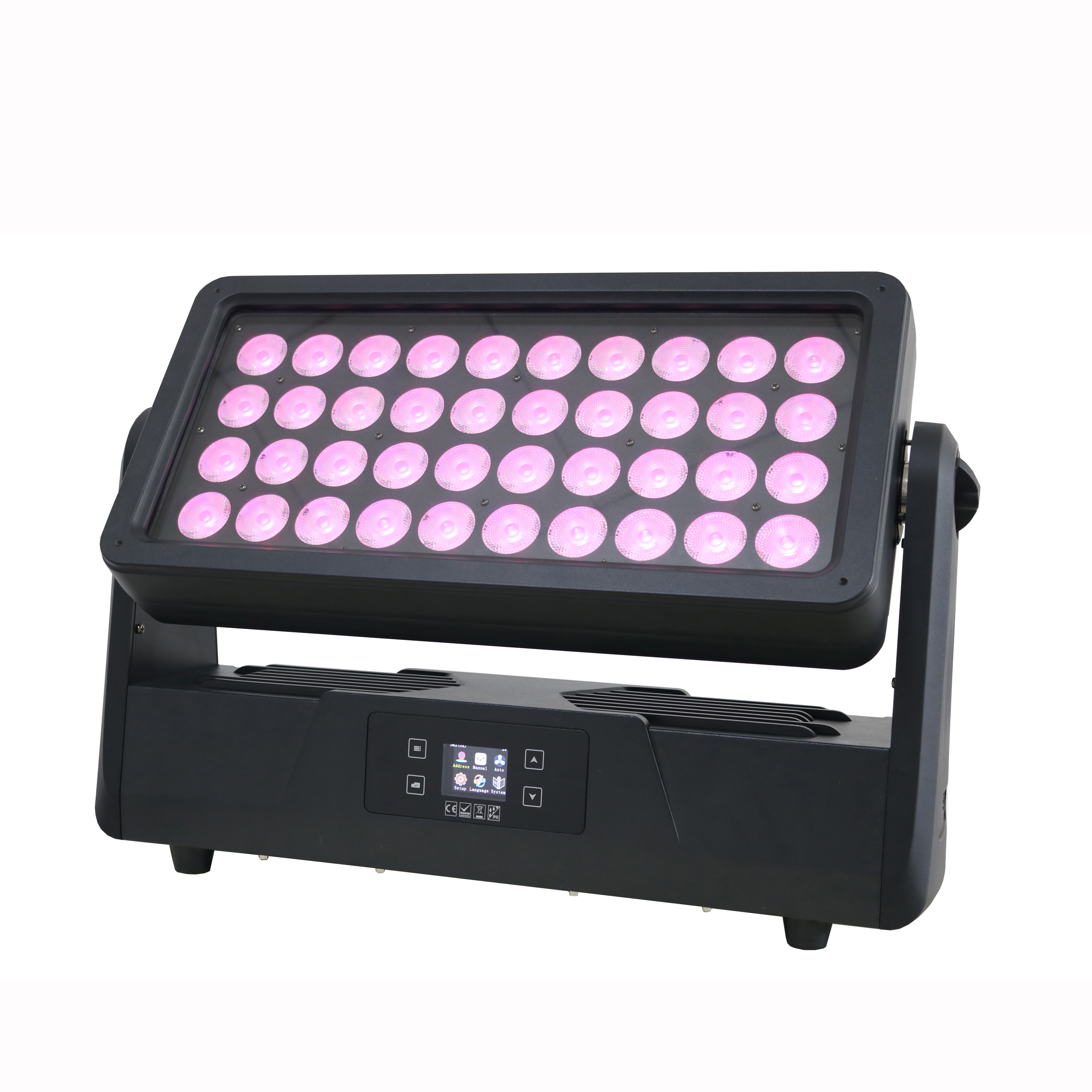Introduction
Architectural lighting is more than just illuminating a building—it’s about enhancing architectural expression, creating ambiance, and elevating spatial experience. A great architectural lighting fixture must balance aesthetics, performance, energy efficiency, durability, and technological sophistication.
In this article, we explore the essential attributes that define outstanding architectural lighting fixtures, offering lighting designers, architects, and project managers a framework for making informed decisions.
1. Aesthetic Integration
A critical aspect of architectural lighting is its ability to visually blend with the building’s design. Lighting fixtures should be subtle yet effective, accentuating architectural forms without disrupting their integrity.
Key Considerations:
Design Compatibility: Fixtures should harmonize with the building’s materials, finishes, and geometry.
Discreet Housing: Slim, linear, or recessed designs allow fixtures to “disappear” into façades.
Light as Architecture: The fixture should feel like an extension of the architecture itself.
Linear LED luminaires, uplights, and cove lighting are often used to contour walls, highlight edges, and emphasize textures. For classical or heritage buildings, ornamental fixtures with stylized details can maintain historical authenticity while delivering modern performance.
.jpg)
2. Functional Performance
A fixture’s lighting quality directly impacts how a building is perceived and used. Great architectural fixtures ensure both visual comfort and functional illumination.
Key Features Include:
Uniform Light Distribution: To eliminate hot spots or harsh shadows, especially on facades.
Color Temperature Options: Warm white (2700–3000K) for residential/historic sites; cool white (4000–5000K) for commercial and contemporary buildings.
Beam Angle Flexibility: Adjustable optics support wall washing, grazing, or spotlighting.
In retail architecture, for example, focused spotlights can draw attention to signage or displays, while wide-beam floods ensure overall visibility and safety.

3. Energy Efficiency
Sustainability is no longer optional—it’s expected. Energy-efficient architectural lighting not only reduces operational costs but also aligns with green building certifications such as LEED, WELL, and BREEAM.
Efficiency Elements:
LED Technology: Offers high luminous efficacy (100–200 lm/W) and low power consumption.
Dimming Capabilities: Allow customized light levels, saving energy and extending fixture lifespan.
Smart Controls: Time scheduling, daylight harvesting, and occupancy sensors optimize use.
For example, the Outdoor 40x25W RGBW 4in1 LED City Color Light provides high-output illumination for large-scale architectural facades while maintaining energy efficiency through intelligent DMX control and LED modules.

4. Durability and Maintenance
Architectural lighting is a long-term investment. Fixtures must withstand environmental conditions while remaining easy to maintain.
Build Quality Attributes:
IP65/IP67 Ratings: Ensure water and dust protection for outdoor use.
IK Ratings: Indicate impact resistance, important for vandal-prone areas.
Thermal Management: Passive or active systems to prevent overheating and ensure LED longevity.
Modular Design: Facilitates easy part replacement or upgrades.
Aluminum housings with corrosion-resistant coatings, tempered glass covers, and silicone gaskets contribute to robust construction. Quick-access panels and modular LEDs allow technicians to maintain systems efficiently, minimizing downtime.
5. Technological Integration
Smart lighting systems are transforming architecture. A great fixture should seamlessly interface with modern control protocols and building automation systems.
Tech-Ready Features:
DMX, DALI, and Art-Net Compatibility: For dynamic lighting shows and scene programming.
Wireless Control: Ideal for retrofit projects or hard-to-wire areas.
IoT Integration: Sensors that adjust light based on ambient conditions, schedules, or user behavior.
A product like the Waterproof 12x18W RGBWA+UV Battery Wireless LED Par Light showcases this integration beautifully. It supports wireless DMX, has long battery life, and delivers vibrant color effects—making it perfect for architectural and event-based installations alike.

6. Light Pollution Control and Glare Management
In urban environments, excess light can create glare, visual clutter, and even environmental damage. Excellent architectural fixtures manage light precisely to minimize these effects.
Design Focus:
Cutoff Shields and Louvers: Prevent light spill into unintended areas.
Full Cutoff Optics: Meet Dark Sky guidelines.
Adjustable Mounting Brackets: Help fine-tune directionality.
This ensures both user comfort and ecological responsibility, protecting nearby habitats and preserving night skies.
7. Case Applications and Global Trends
Leading projects worldwide reflect these principles. Museums, skyscrapers, bridges, and public art installations all utilize advanced architectural lighting to create identity and engagement.
Emerging trends include:
Color Tuning for Mood and Events
Dynamic Lighting Shows for Tourism
Low-Voltage Smart Systems for Sustainability
Architects and lighting designers now collaborate from early project stages to ensure fixture selection aligns with both design vision and long-term functionality.
Conclusion
A great architectural lighting fixture must achieve synergy between form and function. By offering visual harmony, performance reliability, energy savings, and technological innovation, these fixtures elevate how we experience built environments at night.
From highlighting sculptural elements to improving safety and branding, lighting is a powerful tool. Choosing the right fixture—like the Outdoor 40x25W RGBW 4in1 LED City Color Light or the Waterproof 12x18W RGBWA+UV Battery Wireless LED Par Light—ensures that every architectural surface tells a compelling story after dark.
READ MORE:





Blue Sea Lighting is an enterprise with rich experience in the integration of industry and trade in stage lighting and stage special effects related equipment. Its products include moving head lights, par lights, wall washer lights, logo gobo projector lights, power distributor, stage effects such as electronic fireworks machines, snow machines, smoke bubble machines, and related accessories such as light clamps.
Quick Links
For more questions subscribe to our email








